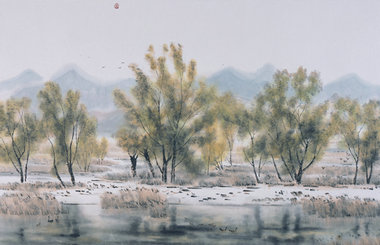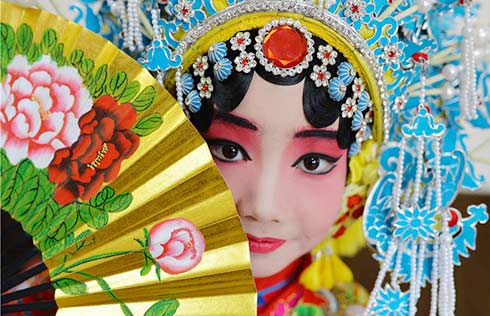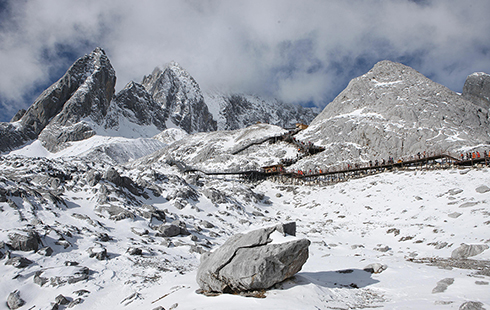Central Park re-opens secret sanctuary after 80 years
By Brigitte Dusseau ( Agencies ) Updated: 2016-05-28 10:57:28Much wilder
"It is quiet. It is much more wild. I like to think when you are coming here you are almost getting a glimpse of what maybe New York City looked like before it was developed in the 1600 and 1700s," says Blonsky.
Maintaining a wild landscape, is "very difficult," he tells AFP.
"You want it to look like it is wild, but it is not. It is very manicured, every plant you see or almost see has been planted. We are constantly battling with invasive species," says Blonsky.
Some trees are dead, which, if elsewhere, would have been cut down and pulped into woodchips. But here they are being preserved for local habitat.
"Look what the woodpeckers have done," says Blonsky, pointing to a dead tree.
There are around 270 species of bird in Central Park. You can see many of them in the Hallett sanctuary, along with squirrels, racoons, ducks and birds pecking at puddles on the rocks.
There is even a woodchuck which Blonsky says "is very unusual."
For now, the sanctuary is open only three afternoons a week from 2 pm to 5 pm. In July and August it will also be open for two hours on Sunday.
But only 20 visitors will be allowed in at once to maintain the solitude and peace of the sanctuary. On sunny weekends as many as 200,000 people can flood into Central Park as a whole to relax or exercise.
The park's annual budget is $65 million, of which 25 percent is financed by City Hall and the rest raised by the Central Park Conservancy thanks to donations from park lovers and well-heeled residents living close by.
|
|
|
|
|
|
|
|

























 Raymond Zhou:
Raymond Zhou: Pauline D Loh:
Pauline D Loh: Hot Pot
Hot Pot Eco China
Eco China China Dream
China Dream China Face
China Face






